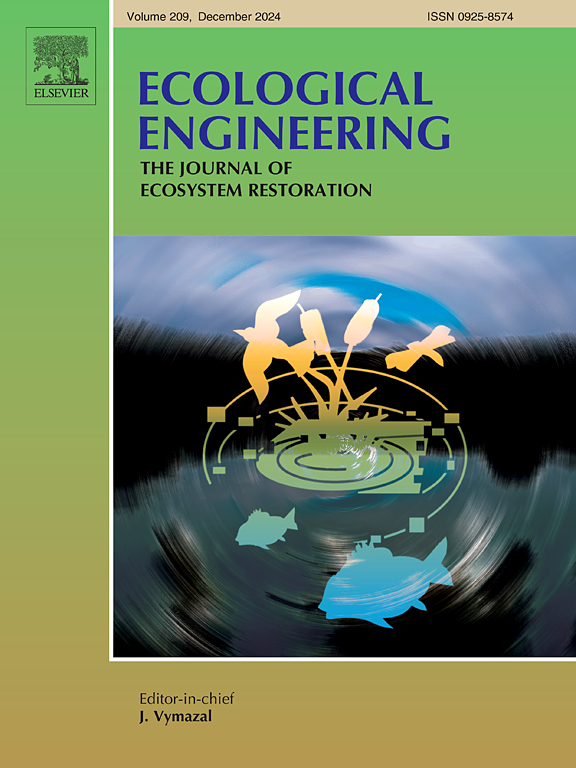Fire resilience analysis: Using high temporal and spatial satellite imagery for rehabilitated landscapes
IF 3.9
2区 环境科学与生态学
Q1 ECOLOGY
引用次数: 0
Abstract
The progressive rehabilitation of open-cut coal mines and the demonstration of a sustainable post-mining land use is required prior to mine closure in many parts of the world. There is a general belief that the risk of rehabilitation failure following mine closure due to disturbance events such as fire is minimal, based largely on the assumed resilience of rehabilitated pastures and the assumption that rehabilitated pastures will respond analogous to unmined pastures following fire. However, there is little scientific evidence to support this notion, and additional knowledge gaps on the resilience of rehabilitation age classes and appropriate methods for land managers to measure and demonstrate rehabilitation resilience. We used Sentinel-2 and Landsat-8 time-series and assessed the impact and vegetation response to eight fire events in rehabilitation and five fires in unmined analogues in central and southeast Queensland, Australia. Using the Soil Adjusted Vegetation Index (SAVI), we aimed to compare rehabilitated and unmined areas using three resilience metrics: i) percent impact, ii) recovery time and iii) recovery rate. Compared with unmined pastures, post-mine rehabilitation recorded higher mean impact (52–65 % vs 67–79 % respectively), longer recovery times (38–117 vs 144–245 days respectively) and a slower rate of recovery (2.5–5.7 % vs 0.9–1.7 % per day respectively). Younger age-classes (<10 y/o and 10–15 y/o) recorded reduced resilience compared to mature rehabilitation (≥ 16 y/o). We compared three different baseline indices and showed that the choice of baseline index yielded significantly different results for the same fires, indicating the importance of standardised approaches to resilience monitoring.
求助全文
约1分钟内获得全文
求助全文
来源期刊

Ecological Engineering
环境科学-工程:环境
CiteScore
8.00
自引率
5.30%
发文量
293
审稿时长
57 days
期刊介绍:
Ecological engineering has been defined as the design of ecosystems for the mutual benefit of humans and nature. The journal is meant for ecologists who, because of their research interests or occupation, are involved in designing, monitoring, or restoring ecosystems, and can serve as a bridge between ecologists and engineers.
Specific topics covered in the journal include: habitat reconstruction; ecotechnology; synthetic ecology; bioengineering; restoration ecology; ecology conservation; ecosystem rehabilitation; stream and river restoration; reclamation ecology; non-renewable resource conservation. Descriptions of specific applications of ecological engineering are acceptable only when situated within context of adding novelty to current research and emphasizing ecosystem restoration. We do not accept purely descriptive reports on ecosystem structures (such as vegetation surveys), purely physical assessment of materials that can be used for ecological restoration, small-model studies carried out in the laboratory or greenhouse with artificial (waste)water or crop studies, or case studies on conventional wastewater treatment and eutrophication that do not offer an ecosystem restoration approach within the paper.
 求助内容:
求助内容: 应助结果提醒方式:
应助结果提醒方式:


